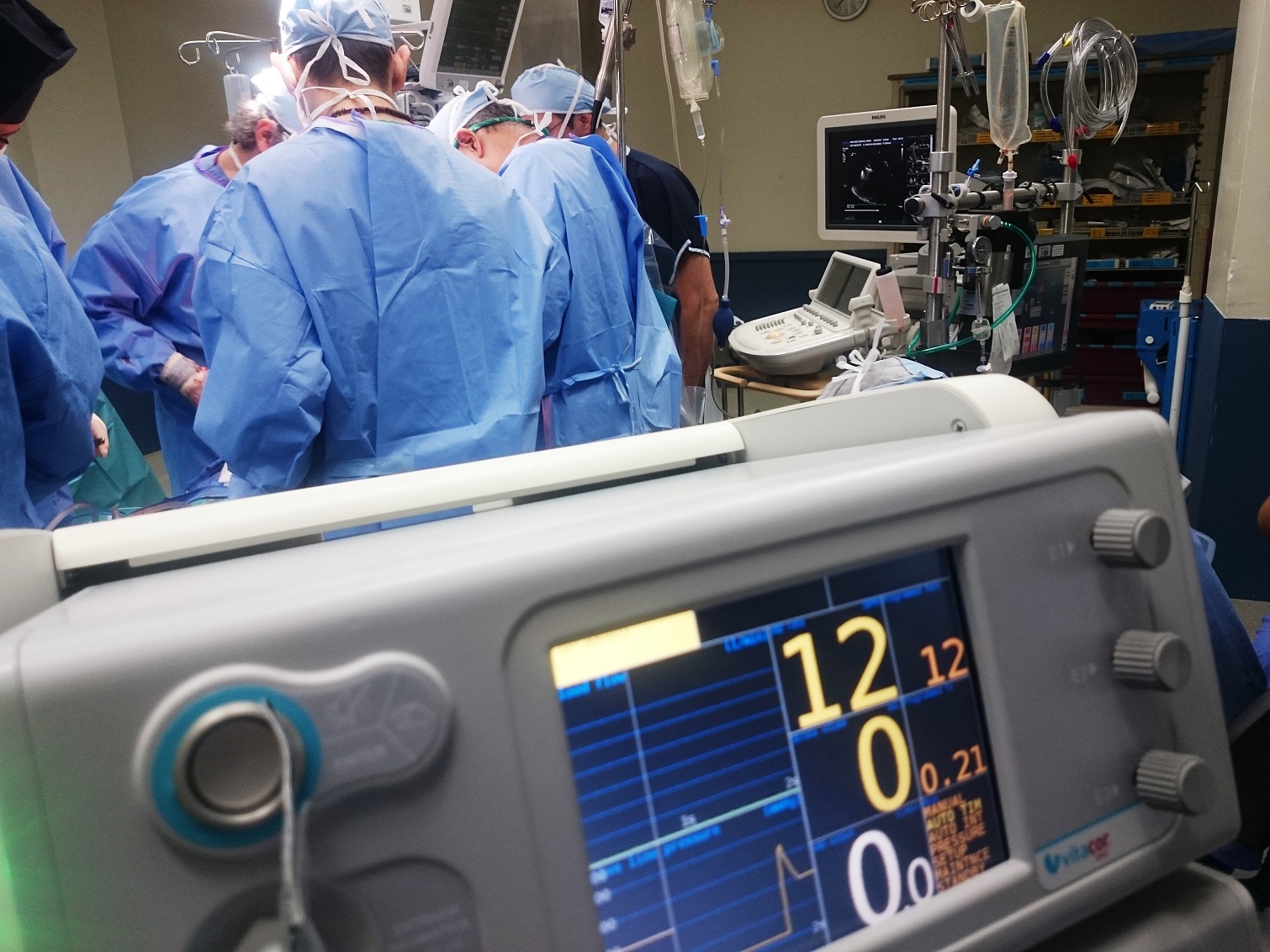
Australia’s successful health and medical research sector plays a key role in driving innovation, improving patient outcomes, and strengthening the economy and has enormous potential to do more.

Australia stands at a critical juncture in its journey to boost the national innovation ecosystem. A thriving economy that makes the most of invention, puts new knowledge to work, and grows new industries is key to the nation’s wellbeing and future success.

Science, technology, engineering and mathematics (STEM) drives innovation and productivity. Australia must produce more scientifically skilled and literate adults. In Victoria, STEM professionals are needed to drive the energy transition, foster a productive and sustainable economy, protect and care for nature, and develop a globally competitive advanced manufacturing sector onshore.

The development of an Advanced Technology Industries Strategy will help to make the most of the outsized impact of Tasmania’s research and development sector by catalysing the transformation of breakthroughs into real world applications that benefit Tasmanians and build the state’s economic resilience.
![Waste 1201253814 [Converted] Waste 1201253814 [Converted]](/media/bxtjsokk/waste-1201253814-converted.jpg)
The review focuses on updating South Australia’s Environment Protection (Waste to Resources) Policy 2010 to better support a transition to a circular economy, enhance resource recovery, and protect the environment from waste pollution.

This report explores technologies and career opportunities associated with the decommissioning of Australian offshore oil and gas (OO&G) facilities. It was commissioned by the Department of Industry, Science and Resources as part of the development of the Offshore Resources Decommissioning Roadmap.

These submissions respond to the inquiries into PFAS (per- and polyfluoroalkyl substances). PFAS are synthetic chemicals widely recognised for their environmental persistence and potential health impacts. This inquiry focuses on understanding the extent of PFAS contamination in Australia and developing measures to mitigate its risks.

Nuclear power may be an option for Australia in the coming decades, potentially occupying a supportive niche, providing dispatchable power in a high-renewables grid. While not presupposing the suitability of nuclear power for Australia, ATSE suggests that all technology options should be considered as part of Australia’s urgent decarbonisation project.